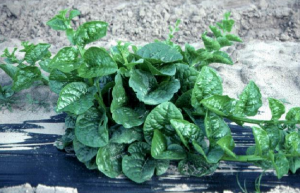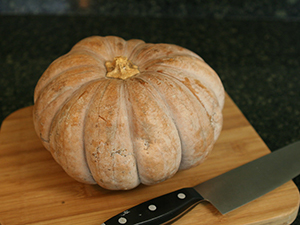Unlike areas with cooler climates, North Florida’s weather is a bit of a rollercoaster. Where the traditional four seasons allow for one growing season, the panhandle’s temperature changes create two growing seasons – spring and fall. During the winter, temperatures fall too low to keep plants happy, so those who expect to grow tropical plants in Florida may be disappointed. During the summer, the heat and humidity climb to levels that even plants can find stressful! Many of our vegetable crops simply can’t handle the extremes and wither away.
There are a few edible plants we can grow, however, that don’t seem to mind the hot weather. If you simply can’t live without a productive garden during the summer, you might consider trying these:
Also called Southern peas, black-eyed peas, or field peas, these are known for their ability to produce a crop despite the harshest of conditions. Actually a bean rather than a pea, they take 65 to 125 days to grow to full maturity, depending on variety. Because they are a nitogen-fixing legume, they have also been used as a cover crop.
Popular in Asian countries, Malabar spinach is actually a vining plant unrelated to true spinach. It grows quickly and is edible both raw and cooked, though some people may not appreciate its mucilaginous texture. Similar to okra’s sliminess, this quality does make it useful for thickening soups. Malabar spinach may be propagated from seed or by cuttings, which root easily. The plant also produces berries which, while not toxic, have very little flavor and tend to stain whatever they touch.
A traditional Southern favorite, okra takes the heat and keeps producing. Related to cotton and hibiscus, it grows pods that are ready to harvest after 60-70 days. Seeds have a tough exterior and need to be soaked overnight before planting. Harvest every couple of days at least for best results, as pods that grow too large become tough and fibrous.
Though they may need extra attention paid to them due to their attractiveness to pests, Seminole pumpkins are a great option for a summer planting. Similar to butternut squash, these cucurbits aren’t your traditional carving pumpkin, but they make great eating. Give them plenty of room to spread out in a sunny space. They take 120 days after planting before they’re ready to harvest, and their thick skin allows them to be stored for a long time after.
Does well in sandy soil? Check. Doesn’t mind the heat? Check. Sweet potatoes are great for our neck of the woods. Start out with disease-free slips for best results, and pick varieties such as ‘Beauregard’ that do well in our area.
Related to cowpeas, yardlong beans grow on a climbing vine. The beans themselves, as the name suggests, are contained in a pod that can reach 36 inches in length. These can be picked and cooked much like green beans while the pods are still tender.
- The Eastern Lubber Grasshopper - June 5, 2025
- Grass is Growing; Time for Mowing - April 30, 2025
- Variegation, Viruses, and You - June 27, 2024


